Federal Government Sources
Content
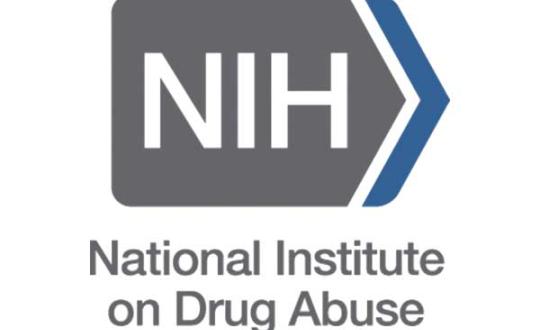
National Institute on Drug Abuse (NIDA)
This page includes the 2020 Opioid-Involved Overdose Death Rates (per 100,000 people) for each state. Read more.
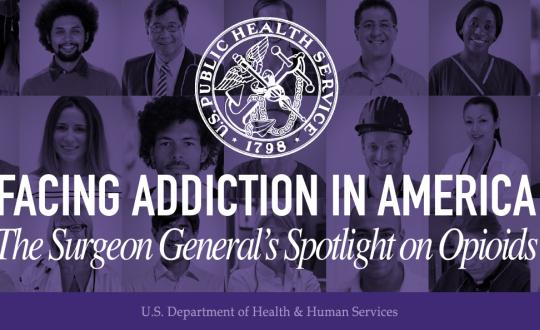
U.S. Department of Health and Human Services (HHS)
The Office of the Surgeon General and the Substance Abuse and Mental Health Services Administration (SAMHSA) developed this Spotlight on Opioids from the Surgeon General’s Report, in order to provide opioid-related information in one, easy-to-read document. September 2018. Read more.
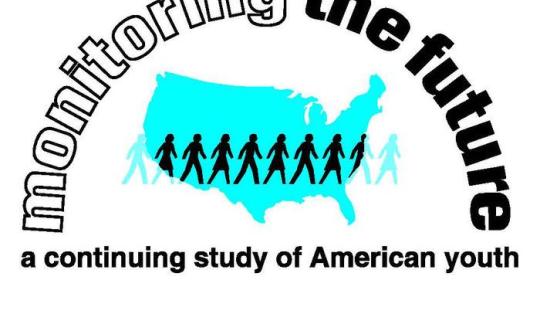
National Institute on Drug Abuse (NIDA)
Provides annual data on drug use for youth (8th, 10th, and 12th graders). December 2025. Read more.

National Institute on Drug Abuse (NIDA)
Provides annual data on drug use for college students, and adults through age 65. July 2025. Read more.
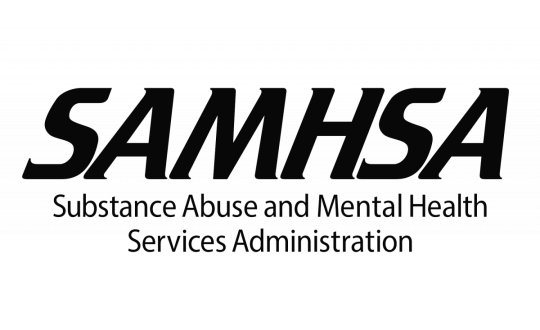
Substance Abuse and Mental Health Services Administration (SAMHSA)
Provides annual substance use data on persons ages 12 and older. July 2025. Read more.

Substance Abuse and Mental Health Services Administration (SAMHSA) When undergoing substance abuse treatment, individual people can be admitted and discharged from treatment multiple times. The Treatment Episode Data Set system comprises demographic and drug history information about these individuals. Read more.
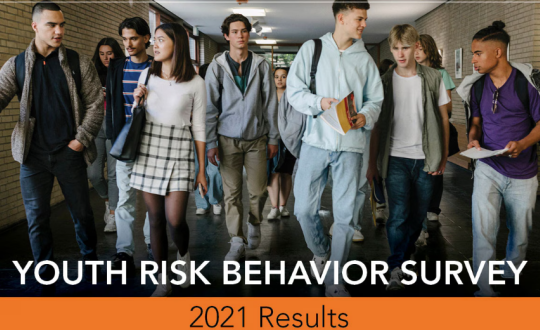
Centers for Disease Control and Prevention (CDC)
Provides substance abuse and other health-related risk behavior data for students in grades 9-12. This survey is conducted every two years. Latest data released May 2024. Read more.
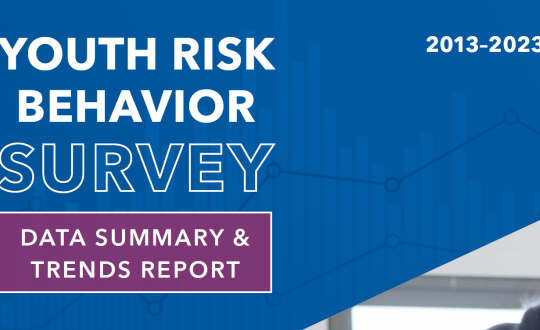
The Youth Risk Behavior Survey Data Summary & Trends Report: 2013–2023 provides the most recent surveillance data, as well as 10-year trends, on health behaviors and experiences among high school students in the United States (U.S.) related to adolescent health and well-being. Latest data released August 2024. Read more.
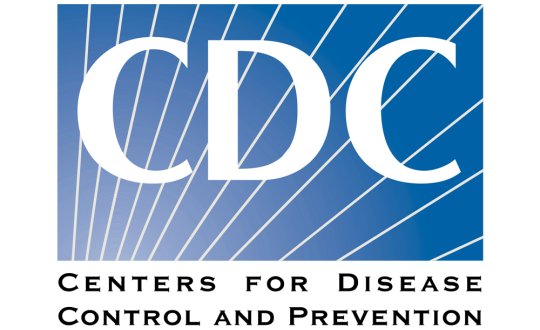
SUDORS provides comprehensive data on unintentional and undetermined intent drug overdose deaths collected from death certificates and medical examiner/coroner reports (including scene findings, autopsy reports, and full postmortem toxicology findings). Latest data released December 2022. Read more.

The information presented in this report, a collaboration between the Education and Justice Departments, serves as a reference for policymakers and practitioners so that they can develop effective programs and policies aimed at violence and school crime prevention. Latest data released June 2022. Read more.

Part of the High Intensity Drug Trafficking Areas program, the National Marijuana Initiative alerts the public about the effects of policy changes. Read more.
Nongovernment Sources
Content
Partnership to End Addiction
In 2019, the Partnership for Drug-Free Kids merged with Center on Addiction, and together, their mission is to transform how the nation addresses addiction. Their approach relies on empowering families, advancing effective care, shaping public policy, and changing culture.


